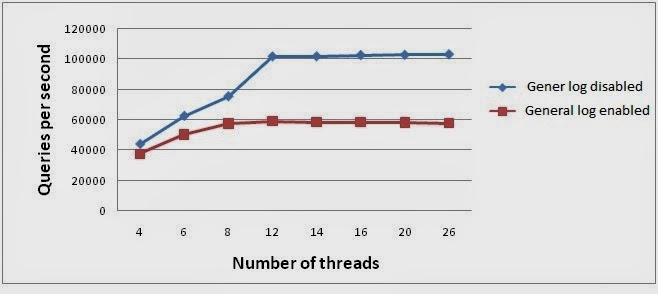Drop Table slow
A few days back we were given a MySQL database hosted in EC2 with around 5TB data to move some of the tables to a new server. The intention was to share the tables between 2 EC2 instances. Since AWS had the option to take online snapshots, the plan was to take a snapshot, create a new machine with that snapshot and drop the unwanted tables. So everything went as planned until creating a new machine with the snapshot. The real challenge was dropping the unwanted tables. It took around 4 minutes to Drop a table whose size is 20GB. It took 20 minutes to drop a 100GB table. The time kept on increasing for larger tables. MySQL even went to “defunct” when we killed the drop query and at times crashed. To track down this issue we executed drop table in one session and checked the processlist from another session that gave the below output. mysql> show processlist \G *************************** 1. row *************************** ...

